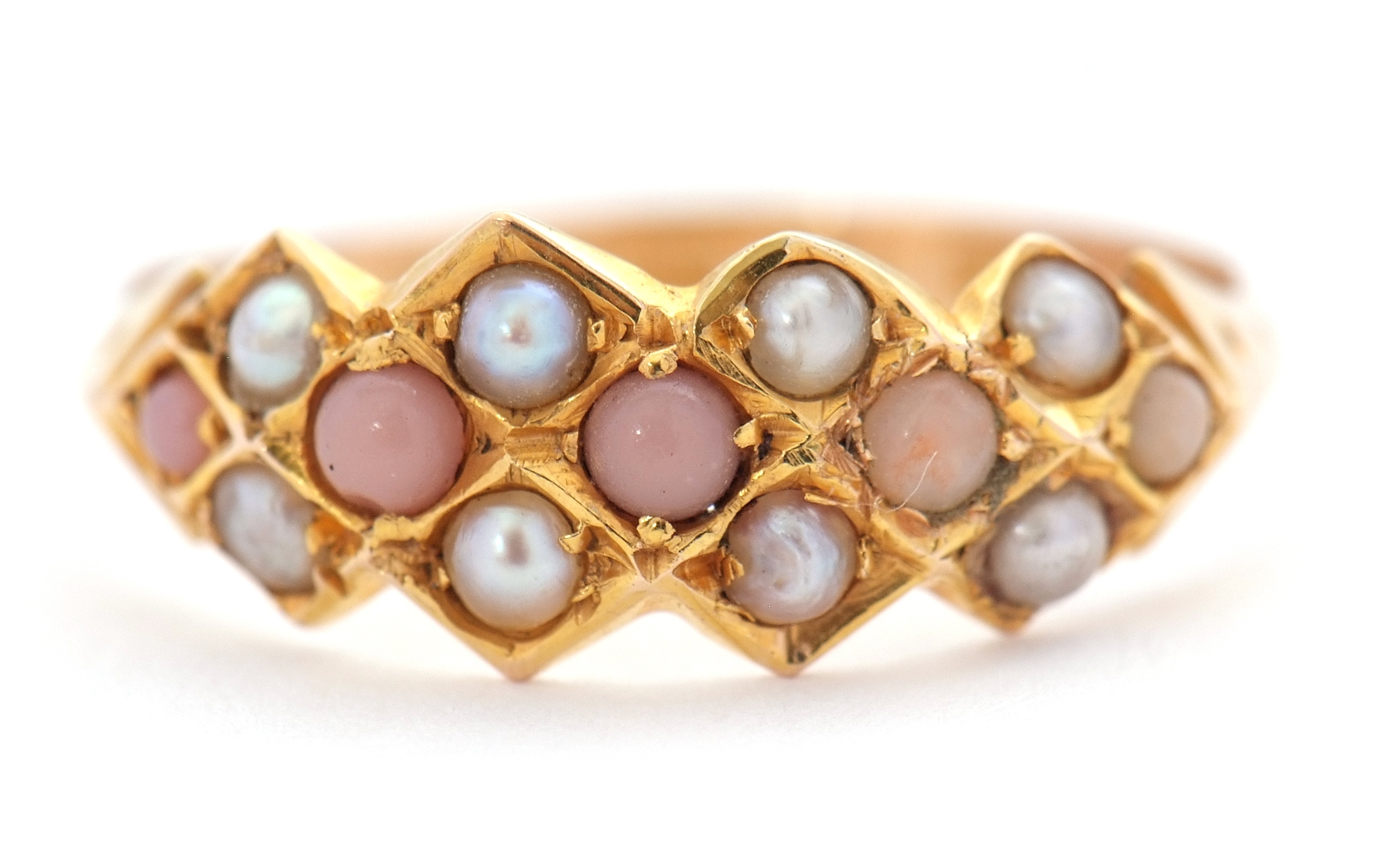

15/08/2025 General News
I was chatting with a colleague recently who revealed that his grandfather was born in 1899, thus making him a product of the Victorian era, writes Angela Marshall. As we gallop through the 21st century, the reign of Queen Victoria from 1837 to 1901 seems like ancient history, and yet people like my colleague have in-their-lifetime links to this seismic period of British history.
Given both the length of her reign and the influence that Britain carried throughout the world during it, we shouldn’t be surprised that designs and fashions from the Victorian era continue to have an influence on us today.
In interior design, we still see the influence of the Arts and Crafts movement which emerged towards the end of the Victorian period, and likewise in the world of jewellery there are plenty of echoes of 19th century design in pieces which are being made today. Modern designers frequently draw inspiration from the intricate designs and romantic motifs found in Victorian jewellery.
However, if you are a fan of jewellery from this period, there is no need to resort to modern pastiches, as original pieces can frequently be found in the saleroom, and almost always attract buyers.
It is perhaps a mistake to talk about one design style for a period which covered over six decades. Much as fashion and design has evolved hugely since the 1960s, so it did across the 19th century, and Victorian jewellery can broadly be divided into three design eras.
The first of these, lasting until about 1860, was the Romantic Period, when jewellery design was largely influenced by the young queen’s own tastes, as well as the romantic sentiment in the wider population. Jewellery was often delicate, with intricate designs inspired by nature. Gold was widely used, but precious stones such as diamonds, rubies and emeralds were more sparingly employed.
The second era of Victorian jewellery lasted from around 1860 to 1880, and can be called the Grand Period. This was influenced by two main factors: the discovery of new seams of gold and precious stones around the Empire, and the death of Prince Albert in 1861, with mourning jewellery becoming the height of fashion.
But perhaps the design era which resonates the most with modern buyers is the late Victorian period, from 1880 until the Queen’s death in 1901. These decades saw a return to simpler designs, influenced by the emerging Arts and Crafts movement. These years saw a reaction against the ubiquitous industrialisation of the age, with handmade, lighter and more stylised pieces becoming popular.
This was a period when jewellery became more accessible to the middle classes, with the incorporation of cheaper materials such as glass and enamel, as well as seed pearls, which brought what had previously been a prohibitively expensive stone within the reach of the wider population.
That said, gemstones including diamonds, sapphires, rubies and opals were still popular, whilst alongside gold emerged silver and platinum in the making of jewellery.
The combination of lighter and more delicate designs, natural motifs and more affordable materials is the reason that late Victorian jewellery is so popular ion the saleroom today. Not only does it appeal to modern tastes, but it is also often affordable: an appropriate link to the democratisation that the late Victorian period embraced.
Keys next Jewellery and Costume Jewellery Sale, which includes all of the items illustrated in this article, takes place on Friday 22nd August at their Aylsham salerooms and live online; for more details, visit www.keysauctions.co.uk.